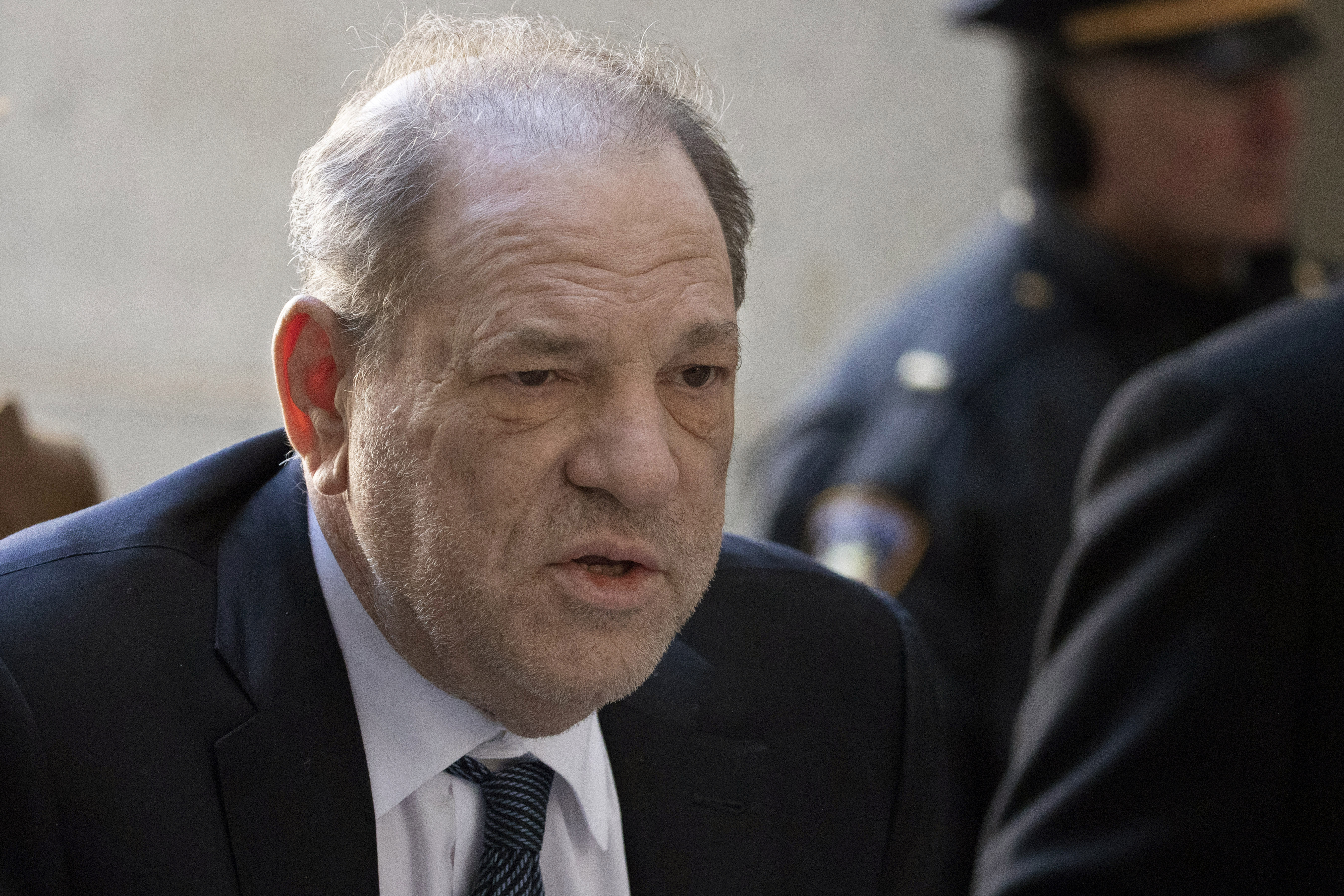
Melissa Blackhair is not eager to spring forward Sunday.
“I’m dreading it. I just don’t want to see how much we have to adjust," Blackhair said while sitting in her home office in Tuba City on the Navajo Nation, the only area in Arizona that follows daylight saving time. With her husband working during the week in Phoenix, their clocks will vary.
“Everything in our house is set to daylight saving time. It just kind of is an inconvenience because I am having to remember which car is on daylight and which is on standard time,” she said. “My husband will not change our time in our apartment (in Phoenix).”
Those who live on the Arizona portion of the Navajo Nation — the largest Native American reservation in the U.S. — endure mind-bending calculations every March through November.
Get DFW local news, weather forecasts and entertainment stories to your inbox. Sign up for NBC DFW newsletters.
The Navajo Nation, which also stretches into Utah and New Mexico, will reset clocks for one hour later despite being situated between two territories that remain on standard time: the rest of Arizona and the neighboring Hopi reservation.
It's made for an especially unique situation with the Hopi reservation, which is landlocked within the Navajo Nation and goes by standard time year-round. A stretch of U.S. 160 in Tuba City is the de facto border between the two reservations and two time zones.
Reva Hoover, longtime manager of the Bashas' supermarket along U.S. 160 on the Navajo side, says Sunday will inevitably be chaotic. Despite posting reminders in the locker room, employees who live on both reservations likely will arrive late.
U.S. & World
Tourists might not be aware. Guests staying at the Moenkopi Legacy Inn & Suites on the Hopi side across the street who come into the grocery store at what they think is 8:30 p.m. would have only 30 minutes to shop before it closes, Hoover said.
“In reality, it probably would be a lot easier for everybody if we all stayed on the same time. But I take it as being unique,” Hoover said. “Where else can you say that? ‘Oh they’re on a different time across the street.’ ”
Deannethea Long, the hotel's general manager, agrees it makes for an interesting talking point with guests. The hotel, which is on standard time, does little things like have one wall clock per time zone in the lobby.
“We have in-room notices to know when stores close, understanding your time zones. We explain it at the front desk, too. It can get very confusing,” Long said.
Kimberly Humetewa lives on the Hopi side in Moenkopi, but her children attend school and other events on the Navajo side. The time change is hard on them, she said. They have to get up earlier, and she has to stop and calculate the time for almost everything.
Most of the essentials — the post office, the grocery store, Tuba City's only hospital — are on the other side of the highway, where everything will be on daylight saving time.
“Since everything's on this side, everybody changes the time unlike us on the Hopi reservation,” Humetewa said. “It’s a little tough but sometimes we just manage to deal with it.”
The time change permeates Blackhair's work and home life. The graphic artist often advises clients to specify on announcements or invitations which time zone the event is recognizing. She also has to make sure she's not late for medical appointments in Flagstaff, Arizona, which isn't on either tribe's reservation.
One time, she miscalculated when to leave for her son's football game on the Hopi reservation and arrived when it was over. Her mother-in-law's home is a half-mile but one time zone away. So, for the months that Blackhair is on daylight saving, her family doesn't visit her long on school nights.
“Once we start looking at people’s clocks, we just kind of think 'OK, it’s 7 o'clock but it’s really 8 o’clock at our house in the evening,'" Blackhair said, adding that the family doesn’t go onto the Hopi side on school nights during daylight saving.
The time warp also has fed into lingering feelings of anti-socialness from when Navajo and Hopi shut down during the coronavirus pandemic. If an organizer of an event doesn't make clear in what time zone it's happening, Blackhair would rather not go.
“Ever since the pandemic, we’ve kind of stuck to ourselves,” Blackhair said. “It’s a lot easier to just stay home.”
Arizona lawmakers passed legislation in 1968 cementing standard time after the federal government attempted to make daylight saving time the norm nationwide. Arizona tried daylight saving the previous year. Residents living in sweltering summer heat complained about having to wait through an extra hour of sunlight. Arizona and Hawaii do not change clocks.
In contrast, the Navajo Tribal Council — now the Navajo Nation Council — issued a resolution in March of that year proclaiming the reservation would follow the U.S. government's lead. The original resolution notes this would avoid confusion even in areas in other states. Also, another hour of daylight during summer “will be of great benefit to the Navajo people.”
Adding another layer to the alternating time zones is a pocket in the southern end of the Hopi reservation that is Navajo Nation. Traveling more than 160 miles (258 kilometers) from northern Arizona through Tuba City, and back-and-forth from Hopi to Navajo, residents and tourists could cross time zones several times.
The configuration of the reservations is due, in part, to what was a decadeslong land dispute between the tribes. At one point, the federal government imposed a construction ban lasting 50 years on land both tribes had claimed as their own.
The proximity of Navajo and Hopi makes it hard for the two tribes to avoid association. Still, there is a constant feeling of David and Goliath between them. While Navajo is the largest Native American reservation in the U.S. — bigger than 10 U.S. states — Hopi is small with villages that are the oldest, continually inhabited among all 574 federally recognized tribes.
Like grocery stores, one tribe can offer basic utilities to members of the other.
Hopi Telecommunications has 1,200 internet and phone customers, including 200 to 300 Navajos. It can be frustrating for Navajo customers on daylight saving to wait longer to report an outage because the provider isn’t open yet, said Carroll Onsae, president and general manager.
For the next several months, business meetings always come down to “Hopi time” or “Navajo time.” But he is taking it in stride.
“An hour difference is not too much of an inconvenience,” Onsae said.
He has Hopi friends, however who work on the Navajo Nation and aren't too keen on the situation. For part of the year, it’s almost like they are being forced to practice daylight saving time anyway.
Residents like Blackhair would support the Navajo Nation doing away with daylight saving time. She says she heard rumblings about that possibility a few years ago and was disappointed nothing materialized.
“We really don’t feel like it accomplishes anything having to move forward an hour,” Blackhair said. “It’s like moving from landline phone lines to mobile cellular phones. That advancement had to happen. We’re living in an age now moving from daylight saving time just has to happen.”
___
Tang reports on race and ethnicity issues, including Asian American and Pacific Islander communities, for The Associated Press. She is based in Phoenix and previously covered breaking news in the Southwest.



